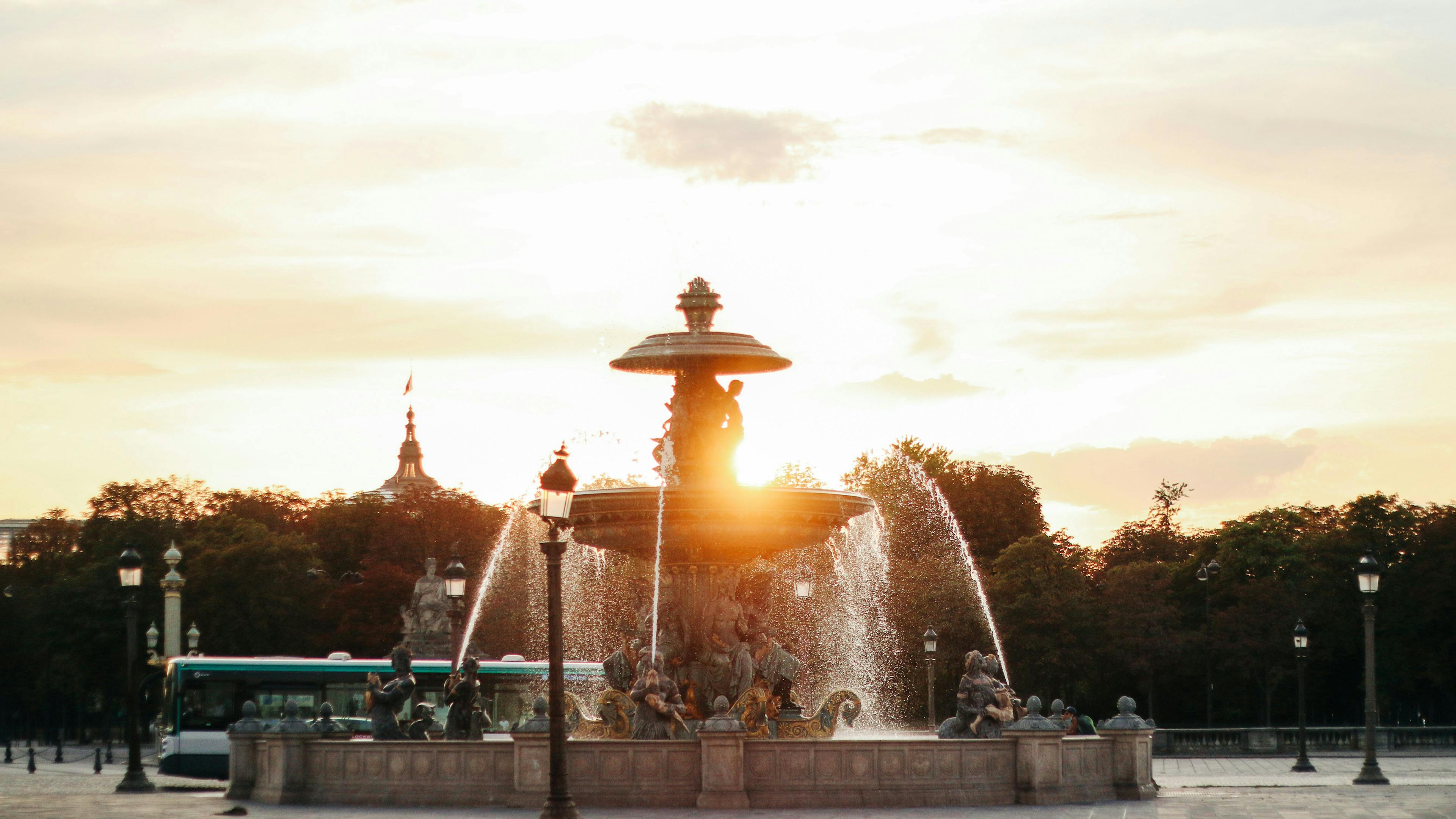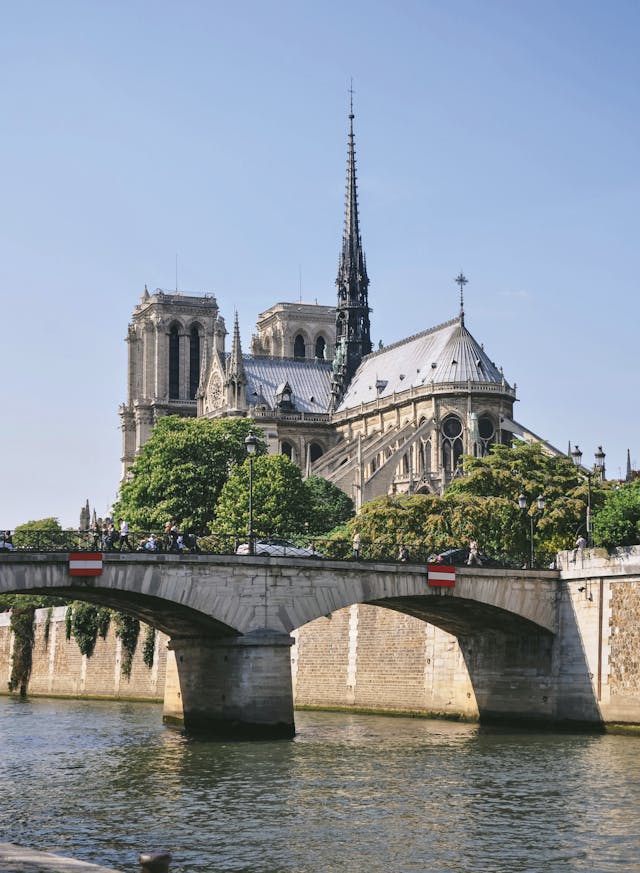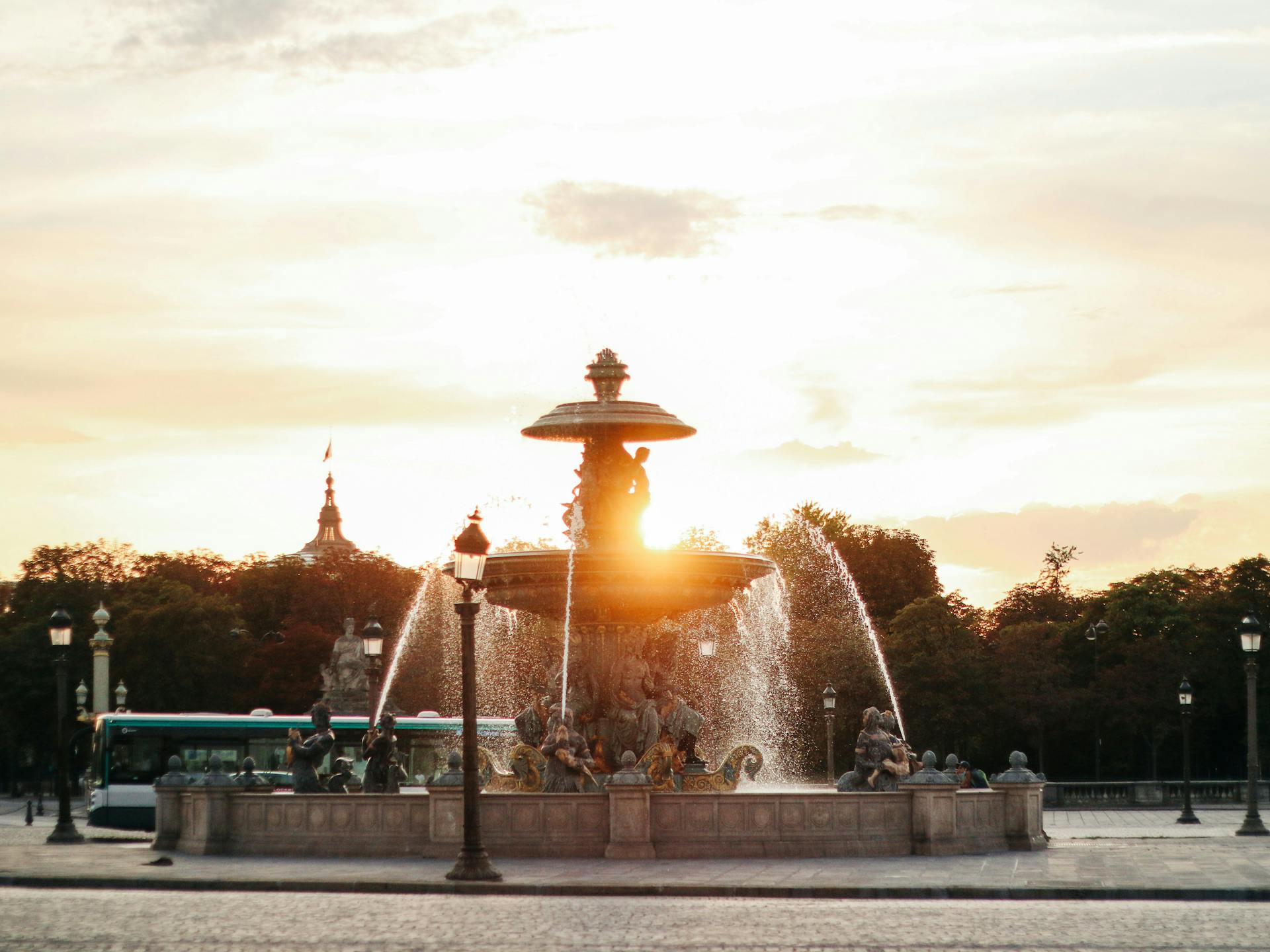
Heritage
The Greatest fountains in Paris
Paris has more than 200 fountains in its gardens, squares and crossroads. Originally, they provided the population with access to drinking water.
Among the few fountains from the Ancien Régime that still exist today, the most beautiful is undoubtedly the Saints Innocents fountain, built by Pierre Lescot and sculpted by the famous Jean Goujon during the reign of François I. It is located in the Halles district in the centre of Paris. The Wallace fountains, named after the English philanthropist who financed their construction after the 1870 war, continue to provide Parisians with drinking water. These small, dark-green cast-iron aediculae punctuate our squares: elegant yet discreet, they are adorned with four small caryatids supporting a dome.
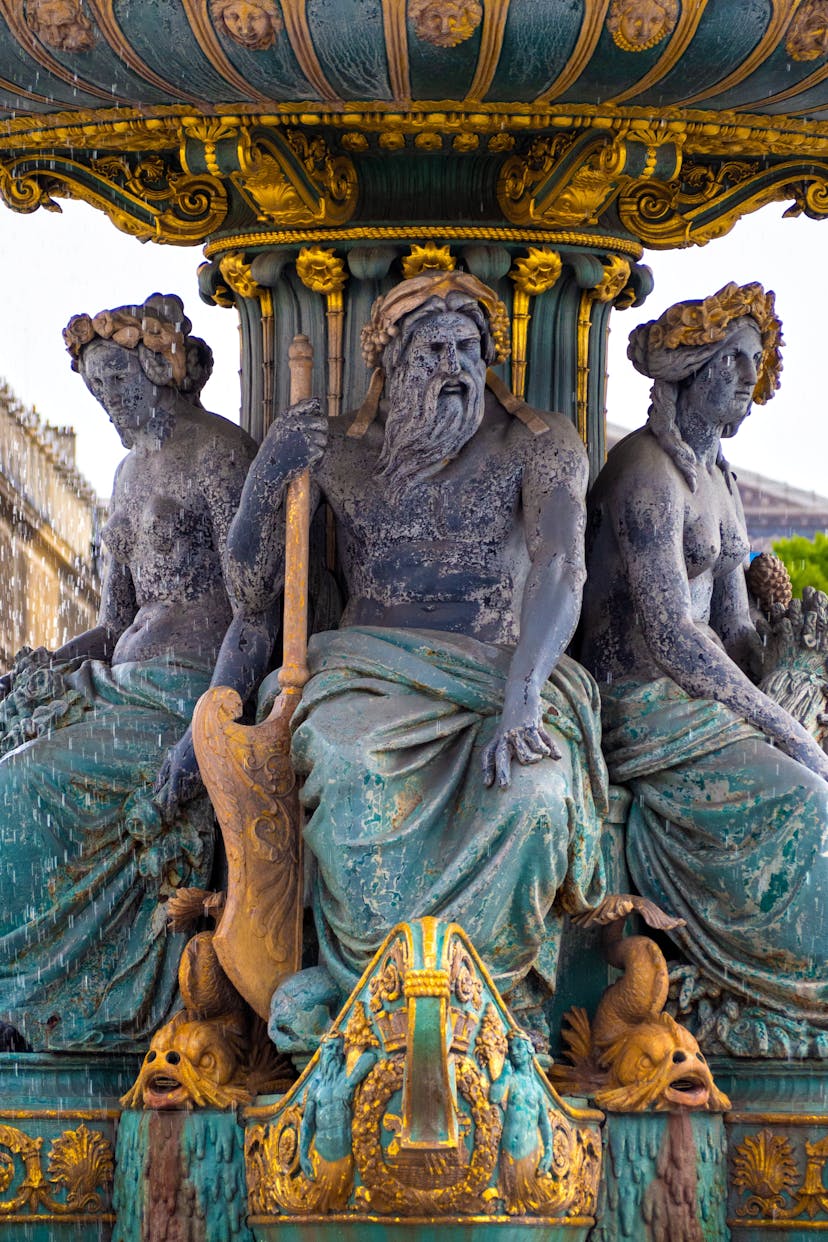
The 19th century also saw the appearance of large, beautiful and prestigious fountains to decorate the capital. The most splendid of these are on the Place de la Concorde, on either side of the obelisk. To the south, the Fountain of the Seas and to the north, the Fountain of the Rivers are practically twins, with their high basins, seated figures and tritons propelling the water in powerful jets. Their cast iron, painted in brown, green and gold, gives them an exceptional sparkle. More classical but just as monumental are the fountains at the Observatoire and Saint-Sulpice. At the top of the Jardin du Luxembourg, the first, which represents the four parts of the world through allegorical figures (Africa, America, Asia and Europe) supporting a terrestrial globe, is the work of the great sculptor Carpeaux.
The second, located on the forecourt of the Eglise Saint Sulpice, was designed by the architect Louis Visconti. It features three orthogonal basins supporting a square-based aedicula with four niches housing the figures of great preachers. It is misleadingly nicknamed the Fountain of the Four Cardinal Points because the bishops adorning it were never named cardinals!
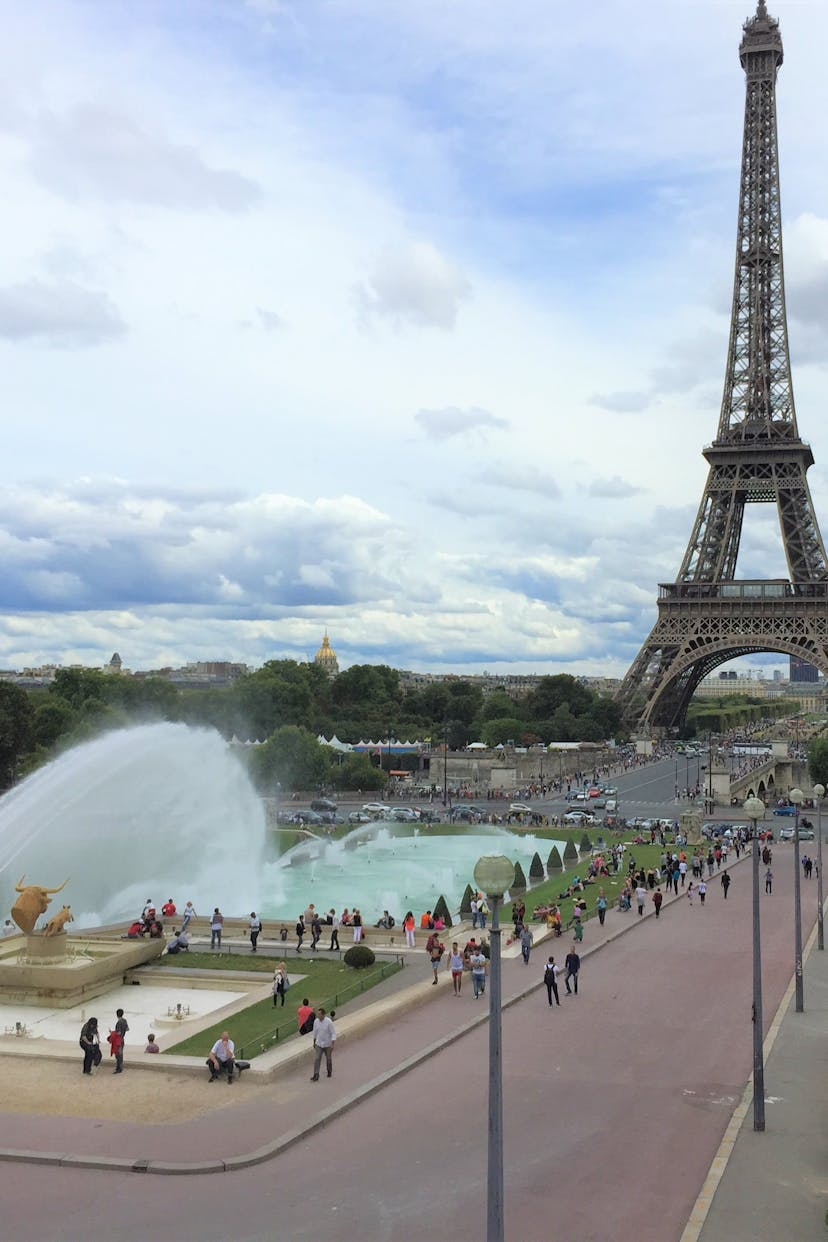
The twentieth century also left us some remarkable fountains. One of these is the Trocadero fountain (more accurately known as the Warsaw fountain), which dates back to 1937, when the Palais du Trocadéro was replaced by the Palais de Chaillot. Facing the Eiffel Tower, in tiered rectangular basins, it is the most powerful of the Parisian fountains, with its 20 water cannons with a 50-metre oblique span and its 68 water columns. But the most original fountain is undoubtedly the Stravinsky Fountain, designed by artists Jean Tinguely and Niki de Saint-Phalle at the time of the opening of the Centre Pompidou, which it adjoins. The fountain is reminiscent of the musical work of composer Igor Stravinsky, and takes the form of a large pool inhabited by enigmatic and colourful creatures and machines that are animated by jets of water - a playful work, lined with cafés, that will delight all ages!
Published on 22/11/2023
